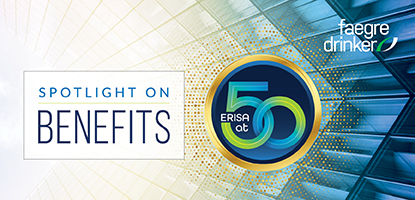In IRS Notice 2026-6, the IRS issued a one-year extension of the tax treatment of medical benefits received by an employee through a paid family leave program (PFL). Minnesota has implemented the one-year extension and will not be treating PFL medical benefits as W-2 compensation that must be reported by the employee’s employer for 2026. Accordingly, employers sponsoring a qualified retirement plan that covers Minnesota employees will have an additional year to consider the impact of the PFL medical benefit taxation on their retirement plan’s administration.
Previously we reviewed how medical benefits received by an employee pursuant to Minnesota’s PFL would impact an employee’s W-2 compensation for purposes of a qualified retirement plan. With the one-year extension from the IRS and the Minnesota Department of Employment and Economic Development, employers in Minnesota will not have to include PFL medical benefits on the employee’s W-2 for 2026 and therefore will not have an impact on the definition of compensation in the employer’s retirement plan.
Unless additional guidance is issued, beginning in 2027 the state of Minnesota will be requiring employers participating in the state’s program to report PFL medical leave benefits (not family benefits) on the employer’s Form W-2 and this may implicate the definition of compensation in the employer’s defined contribution retirement plans. Employers should review the definition of compensation in their retirement plan documents to determine whether any action is needed prior to 2027.
We will continue to monitor and provide updates. If you have any questions, please reach out to your Faegre Drinker benefits counsel.

